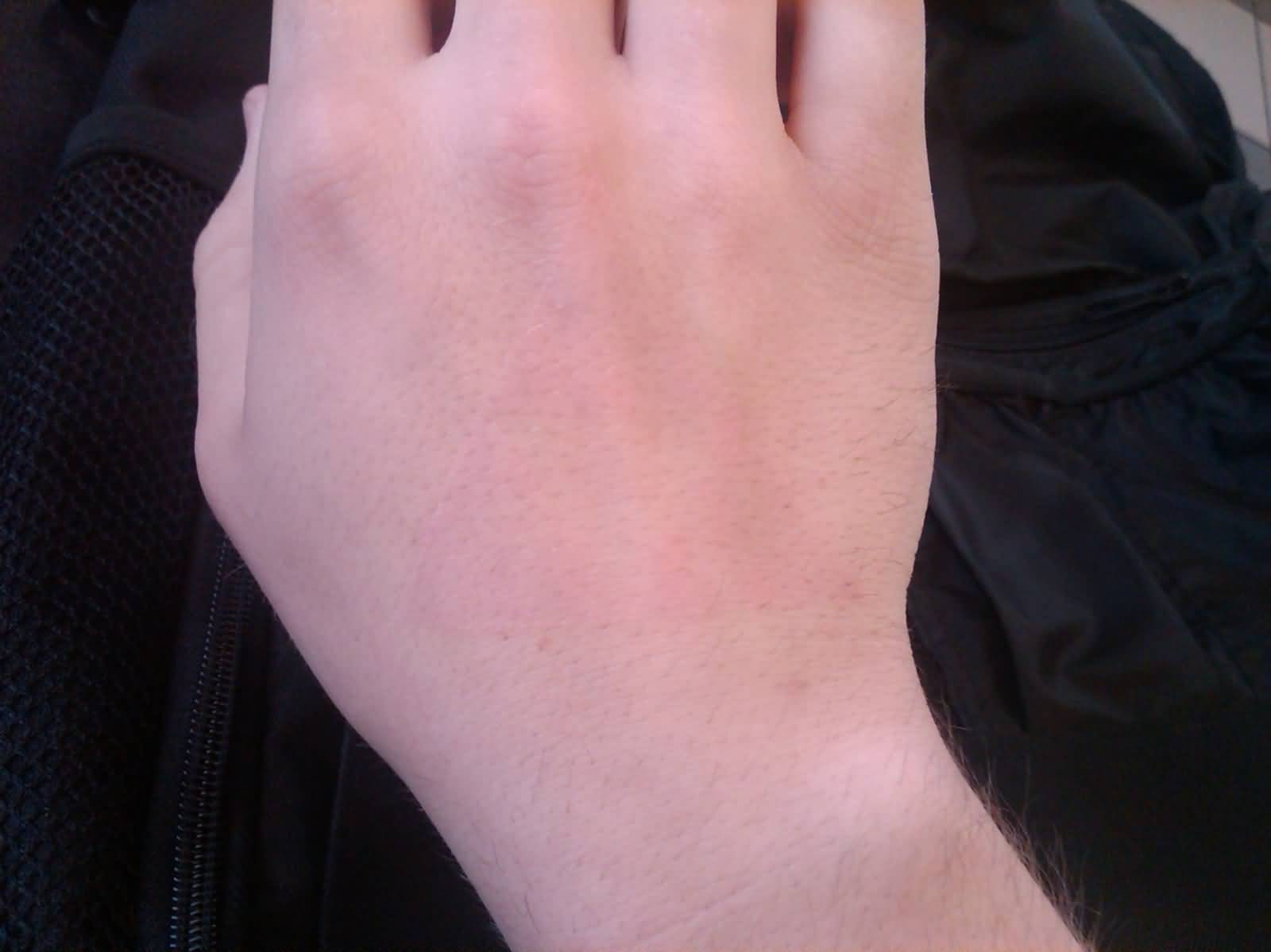
The word tattoo, or tattow in the 18th century, is a loanword from the Samoan word tatau, meaning "to strike". The Oxford English Dictionary provides the etymology of tattoo as "In 18th c. tattaow, tattow. From Polynesian (Samoan, Tahitian, Tongan, and so on.) tatau. In Marquesan, tatu." Before the importation of the Polynesian word, the practice of tattooing had been described in the West as painting, scarring or staining.The etymology of the physique modification term is not to be confused with the origins of the word for the military drumbeat or functionality — see military tattoo. In this case, the English word tattoo is derived from the Dutch word taptoe.The initial written reference to the word tattoo (or tatau) seems in the journal of Joseph Banks (24 February 1743 – 19 June 1820), the naturalist aboard explorer James Cook's ship HMS Endeavour: "I shall now mention the way they mark themselves indelibly, each of them is so marked by their humour or disposition".[5] The word tattoo was brought to Europe by Cook, when he returned in 1769 from his first voyage to Tahiti and New Zealand. In his narrative of the voyage, he refers to an operation known as "tattaw".
Tattoo enthusiasts may refer to tattoos as "ink", "pieces", "skin art", "tattoo art", "tats" or "work"; to the creators as "tattoo artists", "tattooers" or "tattooists"; and to locations where they work as "tattoo shops", "tattoo studios" or "tattoo parlors".Mainstream art galleries hold exhibitions of each standard and custom tattoo styles, such as Beyond Skin, at the Museum of Croydon. Copyrighted tattoo styles that are mass-made and sent to tattoo artists are known as "flash", a notable instance of industrial style.[8] Flash sheets are prominently displayed in many tattoo parlors for the goal of delivering both inspiration and ready-made tattoo pictures to clients.
The Japanese word irezumi means "insertion of ink" and can imply tattoos utilizing tebori, the classic Japanese hand approach, a Western-style machine or any technique of tattooing employing insertion of ink. The most typical word employed for classic Japanese tattoo designs is horimono. Japanese could use the word tattoo to imply non-Japanese styles of tattooing.
Related Images with ArtSci: Tattoos that are Invisible in Daylight
35+ UV Daylight Tattoos

50 Awesome Thigh Tattoos
50 Awesome Thigh Tattoos
Invisible Monsters Tattoo Hannah Gates The Cult
thank you for visiting this page about invisible tattoo, i hope you enjoy it.

Post a Comment
Post a Comment